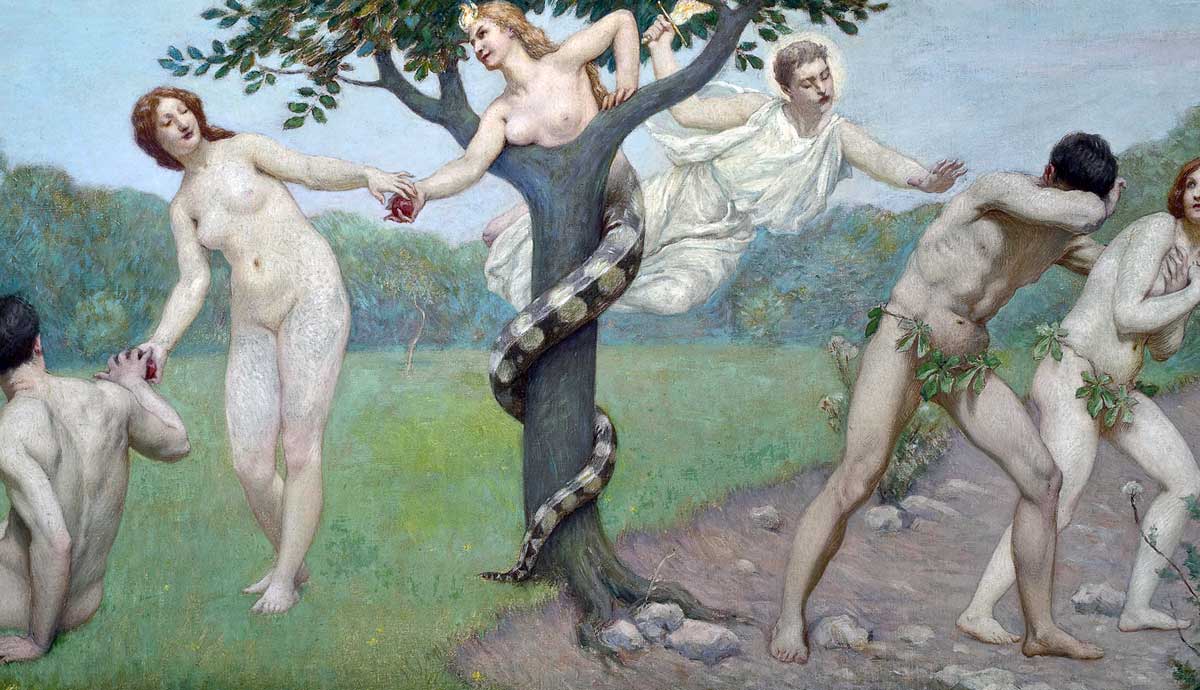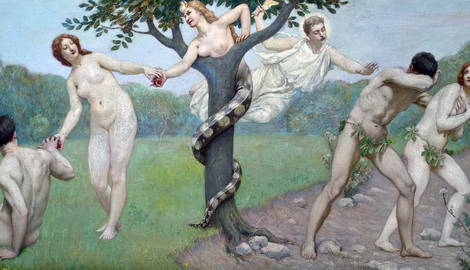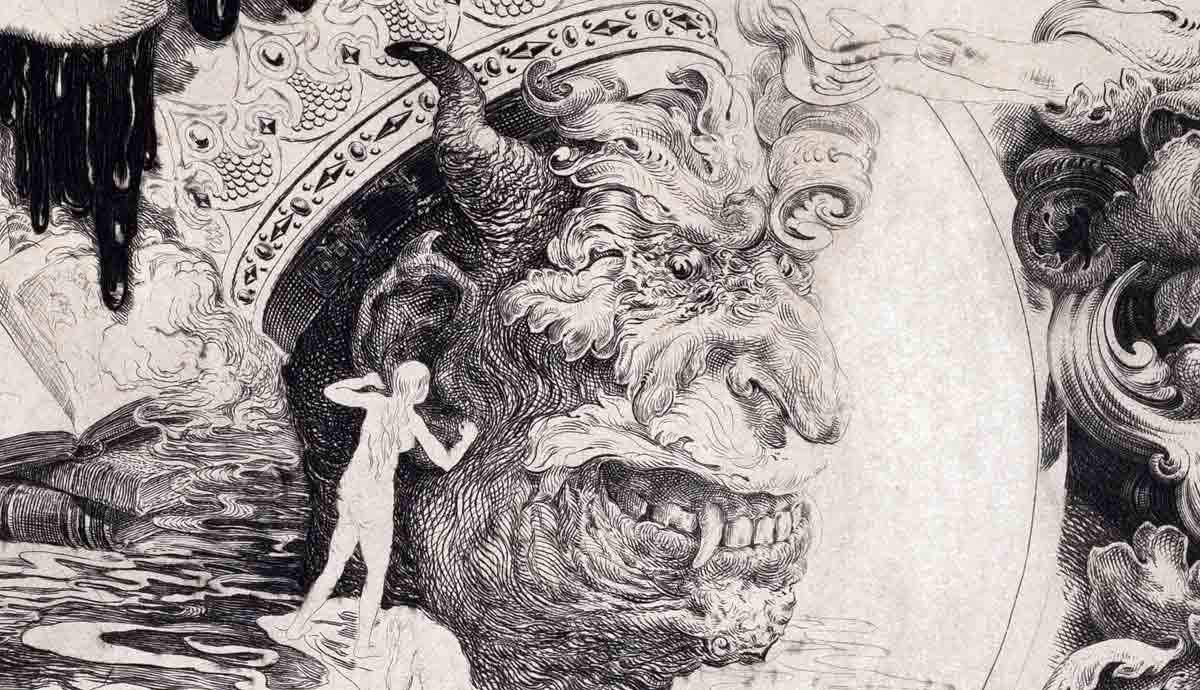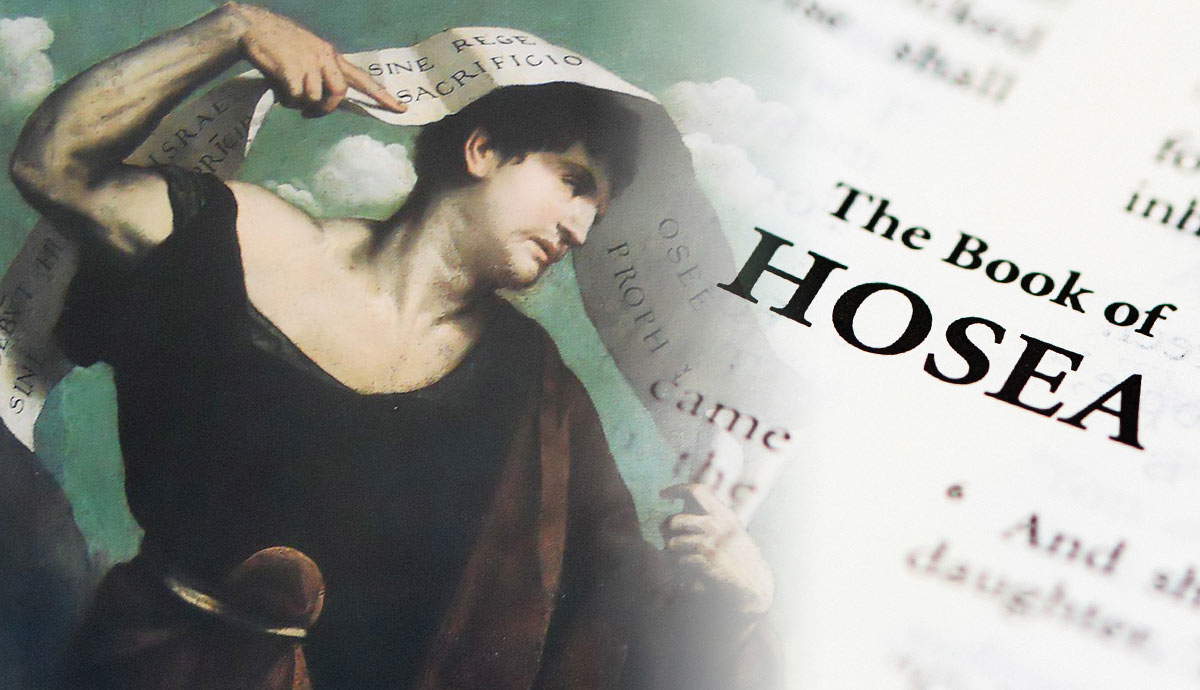
Although medieval folklore abounds with demonesses, none is more prominent than Lilith. Her origins trace back to Mesopotamian myths older than 2000 BCE, and similar spirits appear in even earlier traditions. Apart from one vague reference in Isaiah 34, Lilith is absent from the Bible, yet later storytellers invoked her to explain lingering mysteries in the Genesis creation stories.
Unanswered Questions in the Genesis Creation Stories

Careful Bible readers notice that its first two chapters tell two distinct creation stories. In the first chapter, God creates humanity—both male and female—without reference to two, separate creative acts. By contrast, in chapter two God creates the man from the earth, and then afterward makes the woman out of Adam’s side as he sleeps. The juxtaposition of these two accounts provokes a question: Which was it? Did God make the man and woman together—perhaps both from the ground? Or did God create the woman afterward out of the man’s own flesh?
Another question arises from a reading of Genesis three, where the most infamous reptile in all of literature appears. Despite a later tendency to associate it with the Devil, in the text this creature is simply a crafty, talking snake. But who the snake is and its reasons for wanting to lead humanity astray are left unexplained by the biblical text. Could Lilith help?
Lilith Wanted to Be Adam’s Equal

The Lilith story’s most detailed extant version is the early medieval work Alphabet of Ben Sira. The usefulness of this source is debatable since it is clearly satirical fiction. But it is the only detailed narrative that names Lilith extant today.
According to this tale, God made a woman alongside the first man using clay or dirt. But this insolent woman interpreted her origin from the same substance as evidence of her equality to the man. The man, meanwhile, sees her as his subordinate. After refusing to submit to Adam’s superior authority, Lilith flees the his presence magically by pronouncing God’s name—a forbidden act. God then sends three angels to search for Lilith and they find her in the midst of the sea. They threaten to drown her if she refuses to return to her husband. She predicts that she would thenceforth visit danger upon newborn children, but promises that she would pass over children protected by an amulet bearing the names of the angels.
Lilith Was Doomed to Lose Her Own Offspring

In Ben Sira, Lilith also agrees that one hundred of her future children—who would be demons—would die per day. This appears to be a punishment for her refusal to submit to Adam.
But who would be the father(s) of these demon babies? In some folklore it appears that Lilith has a male demon consort. But she is also associated with a class of demonesses called “succubi”—spirits who have intercourse at night with human men as they sleep. In at least one reference in the Talmud it is suggested that Adam himself seeded many such offspring unwittingly with such demonesses. This phenomenon would later be associated with Lilith.

It is important to note, however, that Lilith was never a prominent figure in Jewish culture writ large. She existed long before Judaism, and the tropes that make up her personae come from outside both Judaism and the Bible; the Bible, in fact, only supplies the “gaps” into which she fits—not the substance of her story itself.
Is Lilith One of a Type of Demonesses?

While medieval Jewish folklore found a way to integrate Lilith into their own stories, both her name and her character existed in Mesopotamia long before the medieval period. This class of demonesses (or goddesses, in some cases) would be classified as ghosts by some since they are, like the Lilith of Jewish folklore, aggrieved, deceased women. They seek intercourse with men not for pleasure but to take advantage of them. They also pose a danger to babies, and must be warded off using magic.
The most well-known example of this kind of demoness/goddess is the Sumerian deity Inanna who is called Ishtar in Akkadian. In fact, images of this well-known deity were initially identified as Lilith by archaeologists in the 1930s! Other goddesses or demons who behave like Lilith—that is, who seek to kill newborns and take sexual advantage of sleeping men—also appear in ancient Egyptian, Hittite, and Greek mythology.
Is Lilith the Snake in Genesis?

The unnamed, unidentified snake in the Garden of Eden almost begs for a side-plot in the story. While “The Satan” or “Devil” has certainly won the day as the beast’s background animator in popular Christian culture, the Lilith legend has also influenced imaginative recreations of this talking reptile.
Strikingly, Lilith is closely associated with both a sacred tree and a snake (or dragon) that resides in its branches in ancient Mesopotamian mythology. In the Epic of Gilgamesh, Lilith is not equated with the snake directly, but they reside in the same tree, which the goddess Inanna planted in her sacred garden during the days of the earth’s creation. The garden is located along the Euphrates River—one of the rivers that also borders the Garden of Eden in the Bible.
Why Do Some Artists Depict the Snake in the Garden as a Woman?

The art featured in this article demonstrates a strong tendency within Christianity to represent the snake in the Garden of Eden as partly woman. This is due to the common association of deception with the character of Eve, whom the Bible says gave the forbidden fruit to Adam. Though the serpent tempted Eve, many associate Eve with deception per se and, thus, see her as colluding with the serpent in tempting Adam to sin.

But given her astonishingly enduring, transcultural influence, it seems at least possible that the Lilith trope played a role in some artist’s way of imagining that fateful biblical scene. Whether they knew her name or not, the idea that a third human—or, rather, formerly human—character was present at the tree that day has found its way repeatedly onto both canvass and stone.










